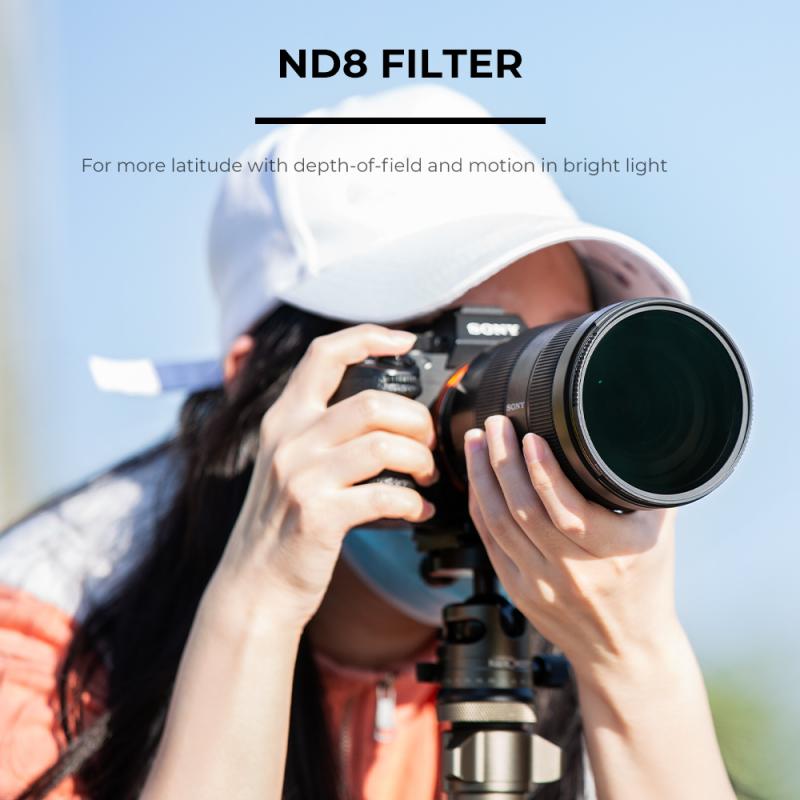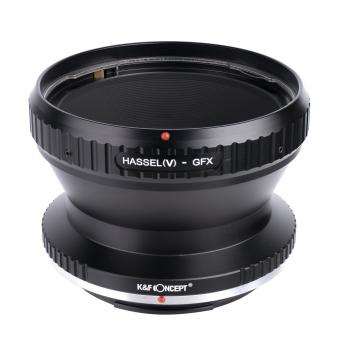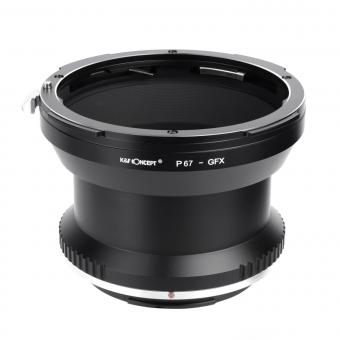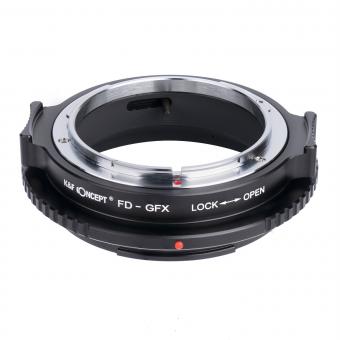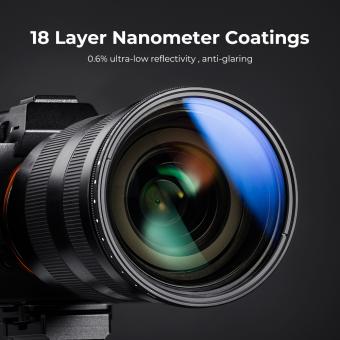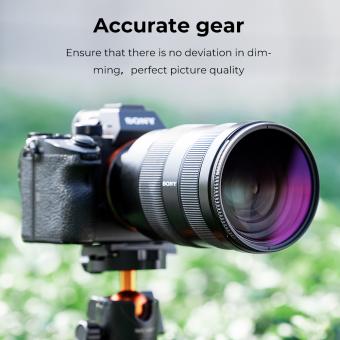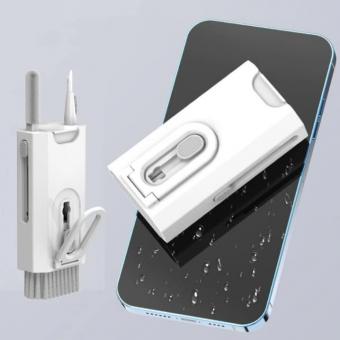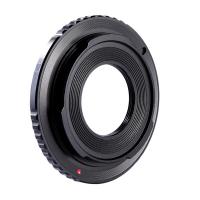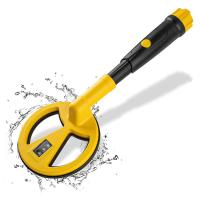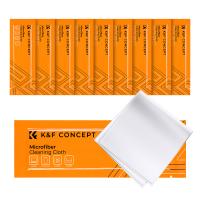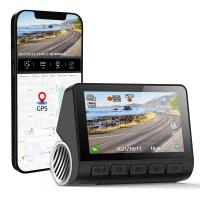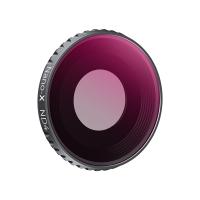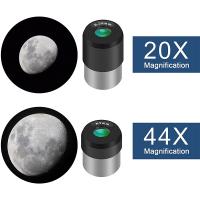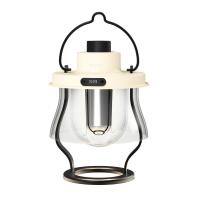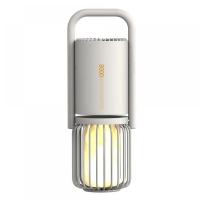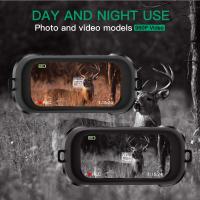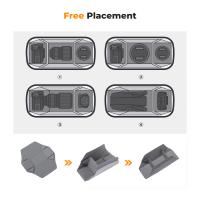How To Use Lee Seven5 Medium Nd Filter ?
To use the Lee Seven5 Medium ND filter, follow these steps:
1. Attach the filter holder to your camera lens.
2. Slide the Medium ND filter into the filter holder.
3. Adjust the filter to the desired position.
4. Take your photo.
The Lee Seven5 Medium ND filter is designed to reduce the amount of light entering the camera lens, allowing you to use slower shutter speeds or wider apertures in bright conditions. This can be useful for creating long exposure effects, such as blurring water or clouds, or for achieving a shallow depth of field in bright sunlight. The Medium ND filter has a density of 0.6, which reduces the light by two stops. It is recommended for use in bright conditions, such as on a sunny day or when shooting near water or snow.
1、 Understanding Neutral Density Filters
How to use Lee Seven5 Medium ND Filter:
1. Attach the filter holder to your camera lens.
2. Slide the Lee Seven5 Medium ND filter into the filter holder.
3. Adjust the filter to the desired position.
4. Set your camera to manual mode and adjust the shutter speed and aperture to achieve the desired exposure.
Neutral density filters like the Lee Seven5 Medium ND filter are essential tools for photographers who want to control the amount of light entering their camera. These filters reduce the amount of light that enters the lens, allowing you to use slower shutter speeds or wider apertures without overexposing your image.
The Lee Seven5 Medium ND filter is a popular choice for landscape photographers who want to capture long exposures of waterfalls, rivers, and other moving water. It can also be used to create motion blur in other types of photography, such as street photography or portraits.
One of the latest developments in neutral density filters is the use of high-quality materials that reduce color cast and maintain image sharpness. The Lee Seven5 Medium ND filter is made from high-quality glass that is coated to reduce reflections and maintain image clarity.
Overall, the Lee Seven5 Medium ND filter is a versatile tool that can help you achieve creative effects in your photography. With a little practice, you can use this filter to capture stunning images that stand out from the crowd.
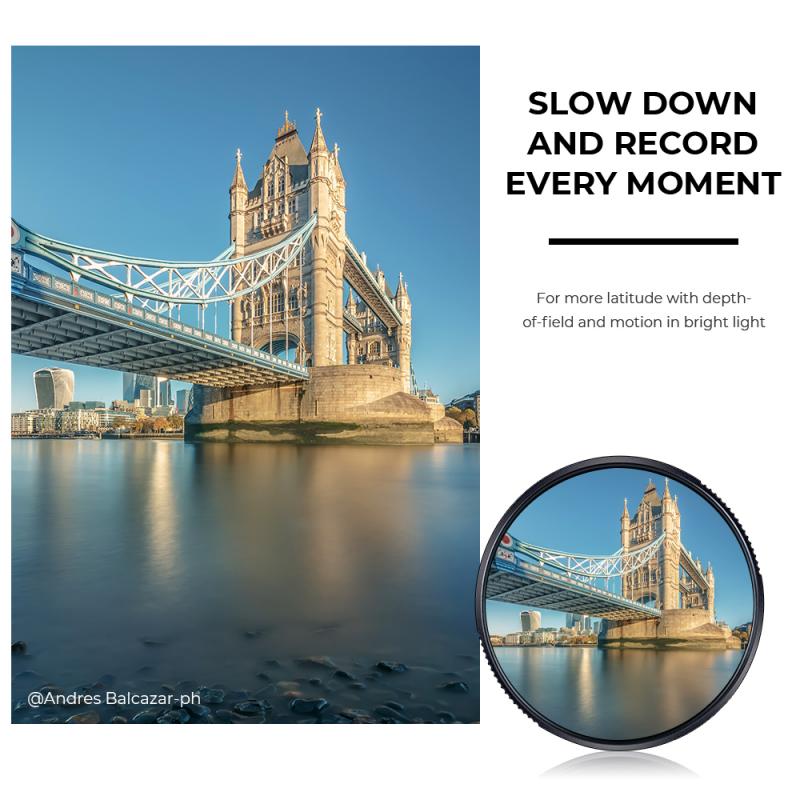
2、 Choosing the Right ND Filter Strength
How to use Lee Seven5 Medium ND Filter:
1. Attach the filter holder to your lens: The Lee Seven5 filter system requires a filter holder that attaches to the front of your lens. Make sure the holder is securely attached before proceeding.
2. Insert the ND filter: Slide the medium ND filter into the filter holder. Make sure it is seated properly and securely.
3. Adjust your camera settings: With the ND filter in place, you will need to adjust your camera settings to compensate for the reduced light. This may include adjusting your aperture, shutter speed, or ISO.
4. Take your shot: Once your camera settings are adjusted, you can take your shot. The medium ND filter will reduce the amount of light entering your lens, allowing you to capture longer exposures or use wider apertures in bright conditions.
Choosing the Right ND Filter Strength:
When choosing an ND filter strength, it is important to consider the amount of light you want to block and the effect you want to achieve. ND filters come in a range of strengths, from light to heavy, with each strength blocking a different amount of light.
A medium ND filter, like the Lee Seven5 Medium ND Filter, is a good choice for most situations. It blocks enough light to allow for longer exposures or wider apertures, but not so much that it completely darkens the scene.
However, if you are shooting in extremely bright conditions, you may need a stronger ND filter to achieve the desired effect. On the other hand, if you are shooting in low light conditions, you may not need an ND filter at all.
It is also important to consider the quality of the ND filter you choose. Cheaper filters may introduce color casts or reduce image sharpness, while higher quality filters will maintain the integrity of your image.

3、 Mounting the Lee Seven5 Medium ND Filter
Mounting the Lee Seven5 Medium ND Filter is a simple process that can be done in a few easy steps. First, attach the filter holder to the lens adapter ring by sliding it onto the ring and tightening the screw on the side. Next, slide the medium ND filter into the filter holder, making sure it is securely in place. Finally, adjust the filter holder to the desired position and start shooting.
When using the Lee Seven5 Medium ND Filter, it is important to keep in mind that it reduces the amount of light entering the lens, allowing for longer exposure times and creating a blurred effect on moving objects. This can be useful for creating dramatic landscape photos or capturing motion in a unique way.
It is also important to note that the Lee Seven5 Medium ND Filter is made of high-quality glass and is designed to minimize color cast, ensuring that your photos come out with accurate and vibrant colors. However, it is still recommended to shoot in RAW format and adjust the white balance in post-processing to achieve the best results.
Overall, the Lee Seven5 Medium ND Filter is a great addition to any photographer's kit, allowing for creative and unique shots that would not be possible without it.
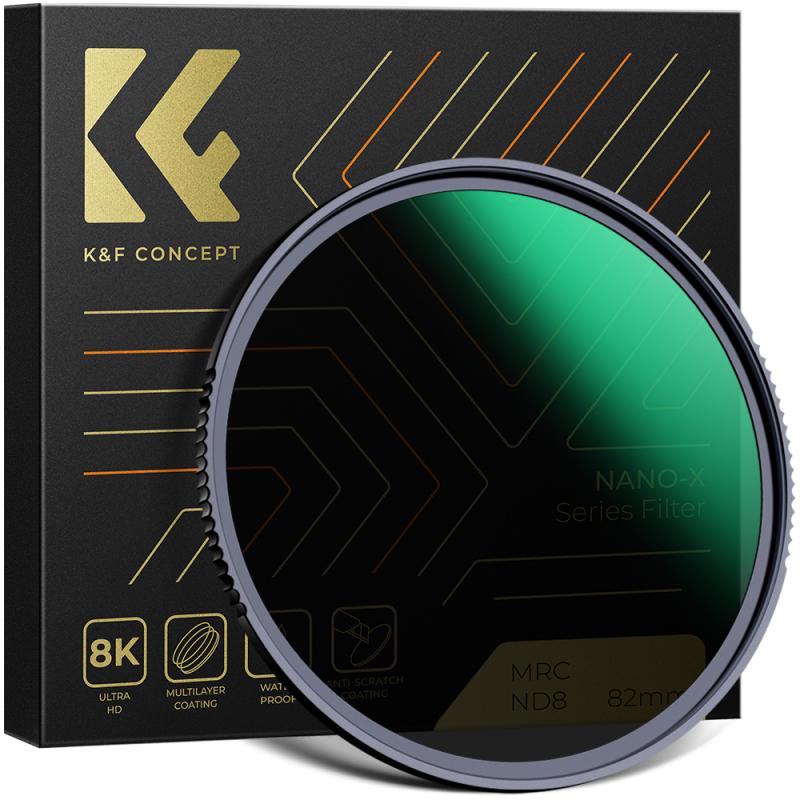
4、 Adjusting Camera Settings for ND Filter Use
How to use Lee Seven5 medium ND filter:
1. Attach the filter holder to the lens: The Lee Seven5 filter system requires a filter holder that attaches to the lens. The holder has slots where you can slide in the filters.
2. Insert the ND filter: Slide the medium ND filter into the holder. Make sure it is securely in place.
3. Adjust camera settings: When using an ND filter, you need to adjust your camera settings to compensate for the reduced light. Start by setting your ISO to the lowest possible value. Then, adjust your aperture to the desired depth of field. Finally, adjust your shutter speed to achieve the correct exposure.
4. Use a tripod: When using an ND filter, you will likely need to use a longer shutter speed. This can result in camera shake if you are hand-holding the camera. Use a tripod to keep the camera steady.
5. Experiment with different shutter speeds: The medium ND filter reduces the amount of light entering the lens by 3 stops. This means you can use a slower shutter speed without overexposing the image. Experiment with different shutter speeds to achieve the desired effect.
Adjusting Camera Settings for ND Filter Use:
When using an ND filter, you need to adjust your camera settings to compensate for the reduced light. Start by setting your ISO to the lowest possible value. Then, adjust your aperture to the desired depth of field. Finally, adjust your shutter speed to achieve the correct exposure.
It's important to note that using an ND filter can result in longer shutter speeds, which can lead to camera shake. To avoid this, use a tripod or other stabilizing device. Additionally, some cameras have a built-in image stabilization feature that can help reduce camera shake.
Another consideration when using an ND filter is the effect it will have on your image. ND filters can be used to create motion blur in water or clouds, or to create a shallow depth of field in bright light. Experiment with different shutter speeds and apertures to achieve the desired effect.
